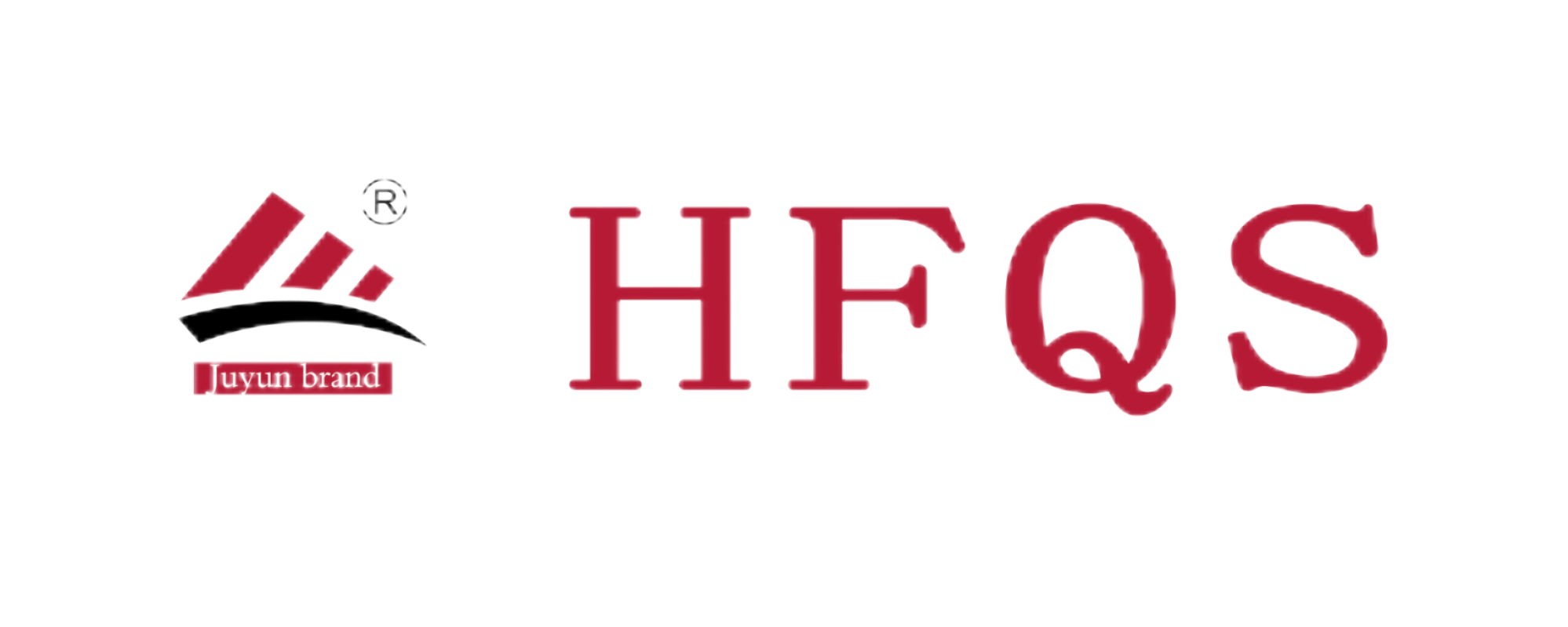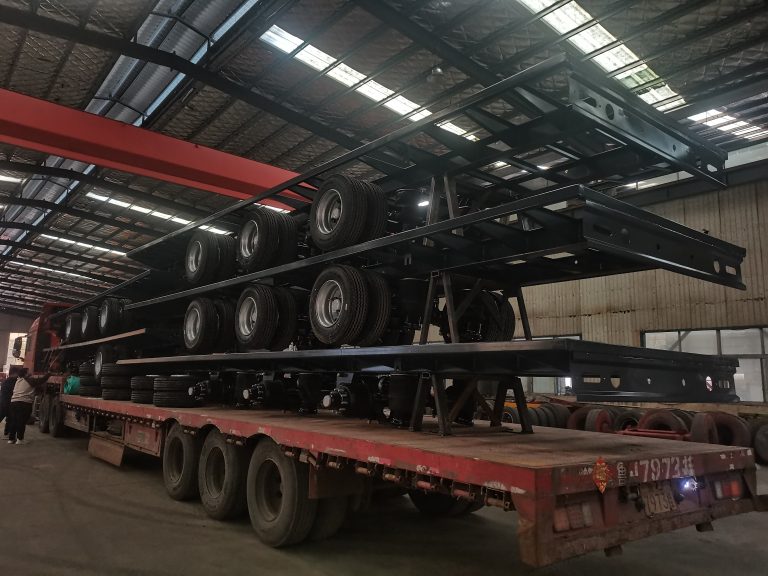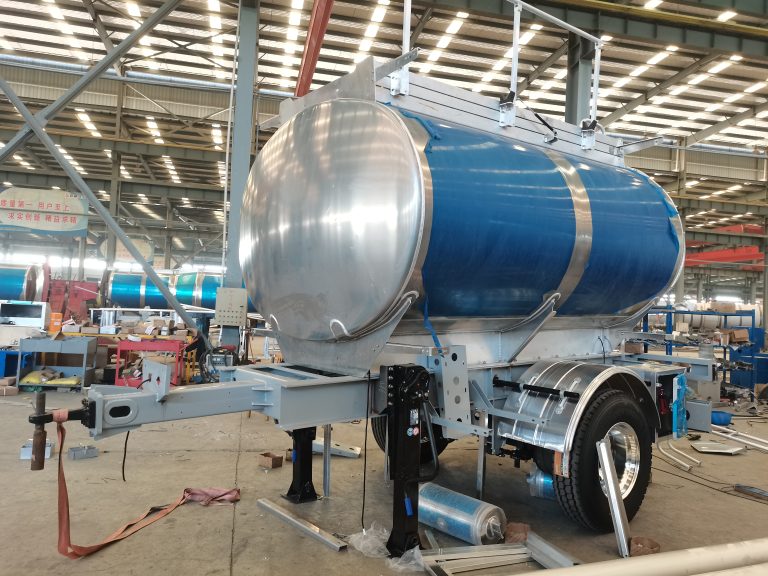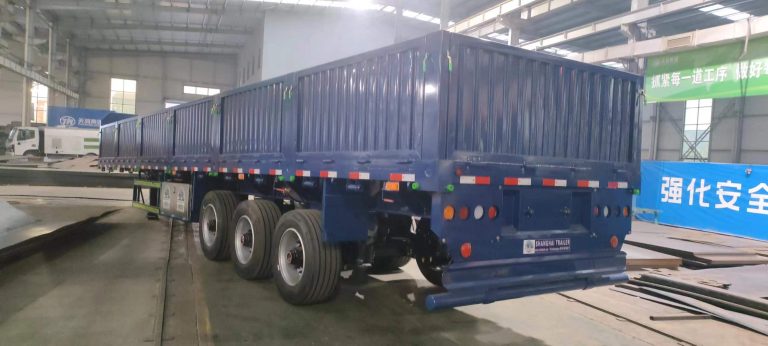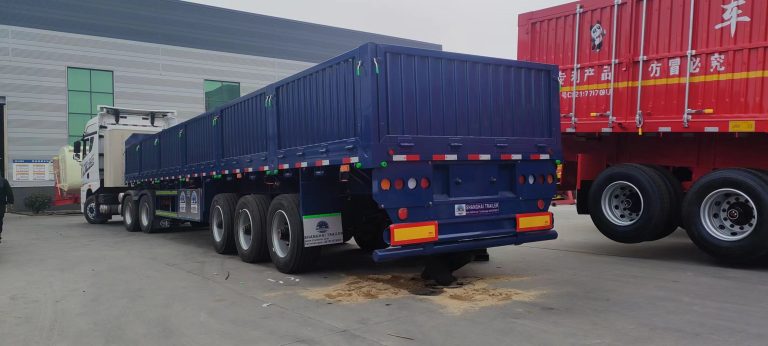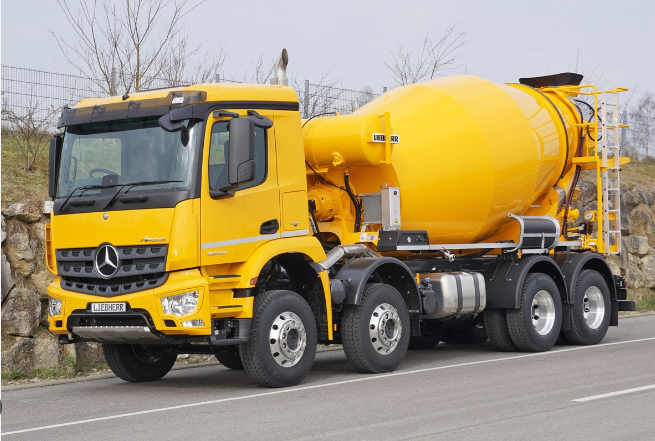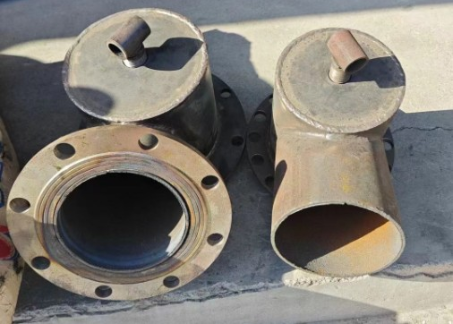The federal regulations for propane tank trailers in the United States are governed primarily by the Department of Transportation (DOT) under the Hazardous Materials Regulations (HMR), which are codified in Title 49 of the Code of Federal Regulations (CFR). These regulations aim to ensure the safe transportation of propane and minimize risks to the public and the environment. Below are the key federal regulations and requirements for propane tank trailers:
1. Tank Design and Construction
- Propane tank trailers must comply with DOT specifications, such as MC-331, which are designed for high-pressure containment (typically rated for 250 psi). These tanks must have reinforced materials, pressure relief valves, and thermal protection.
- Tanks must be designed to withstand the stresses of transportation and be equipped with safety features like emergency shut-off systems and vapor recovery systems.
2. Marking and Labeling
- Trailers must display appropriate placards indicating the presence of hazardous materials. This includes labeling the tanks as “Flammable Gas” with the UN identification number 1075 for propane.
- Tanks must also be marked with their capacity, pressure rating, and inspection dates.
3. Inspection and Maintenance
- Regular inspections are mandatory, including annual checks and pressure tests every five years. Tanks transporting propane must undergo more frequent inspections, such as every six months or annually, depending on the tank type and service.
- Inspection types include external visual inspections, internal visual inspections, leakage tests, and pressure tests.
4. Driver Qualifications
- Drivers must hold a Commercial Driver’s License (CDL) with a Hazardous Materials (H) endorsement. Training includes understanding propane properties, emergency response procedures, and safe driving practices.
5. Loading and Unloading Protocols
- Propane tanks must be loaded and unloaded using proper safety procedures, including grounding the tanker to prevent static electricity buildup and conducting leak detection tests.
- Tanks should not be filled beyond 80% capacity to allow for expansion due to temperature changes.
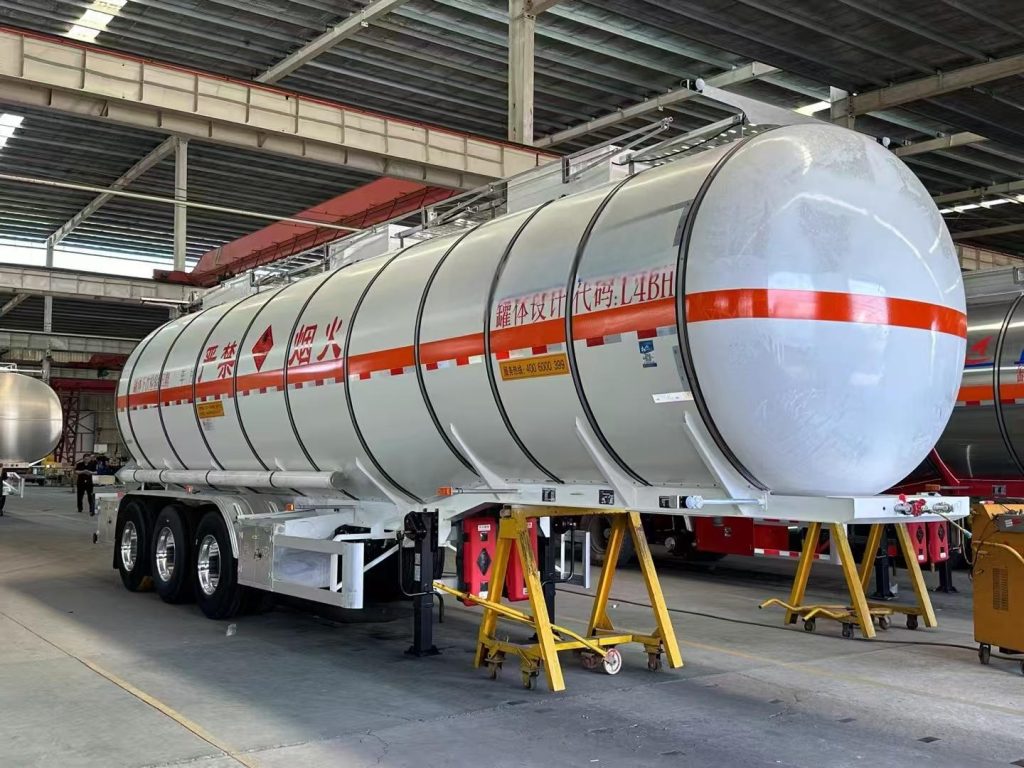
6. Emergency Response Plans
- Transporters must develop and implement emergency response plans, including procedures for handling leaks, spills, or accidents. These plans must be communicated to all personnel.
7. Environmental Protections
- Regulations require measures to prevent propane spills, such as vapor recovery systems during loading and unloading, to minimize environmental impact.
8. Penalties for Non-Compliance
- Violations of propane transportation regulations can result in severe penalties, including fines, suspension or revocation of operating licenses, and civil or criminal liabilities.
Additional Considerations
- State and Local Regulations: In addition to federal laws, states may impose additional requirements, such as permits, restricted routes, and environmental protections.
- International Standards: For cross-border transport, compliance with international agreements like the United States-Mexico-Canada Agreement (USMCA) is essential.
By adhering to these federal regulations, propane tank trailer operators can ensure safe and compliant transportation of propane, reducing risks to public safety and the environment.
